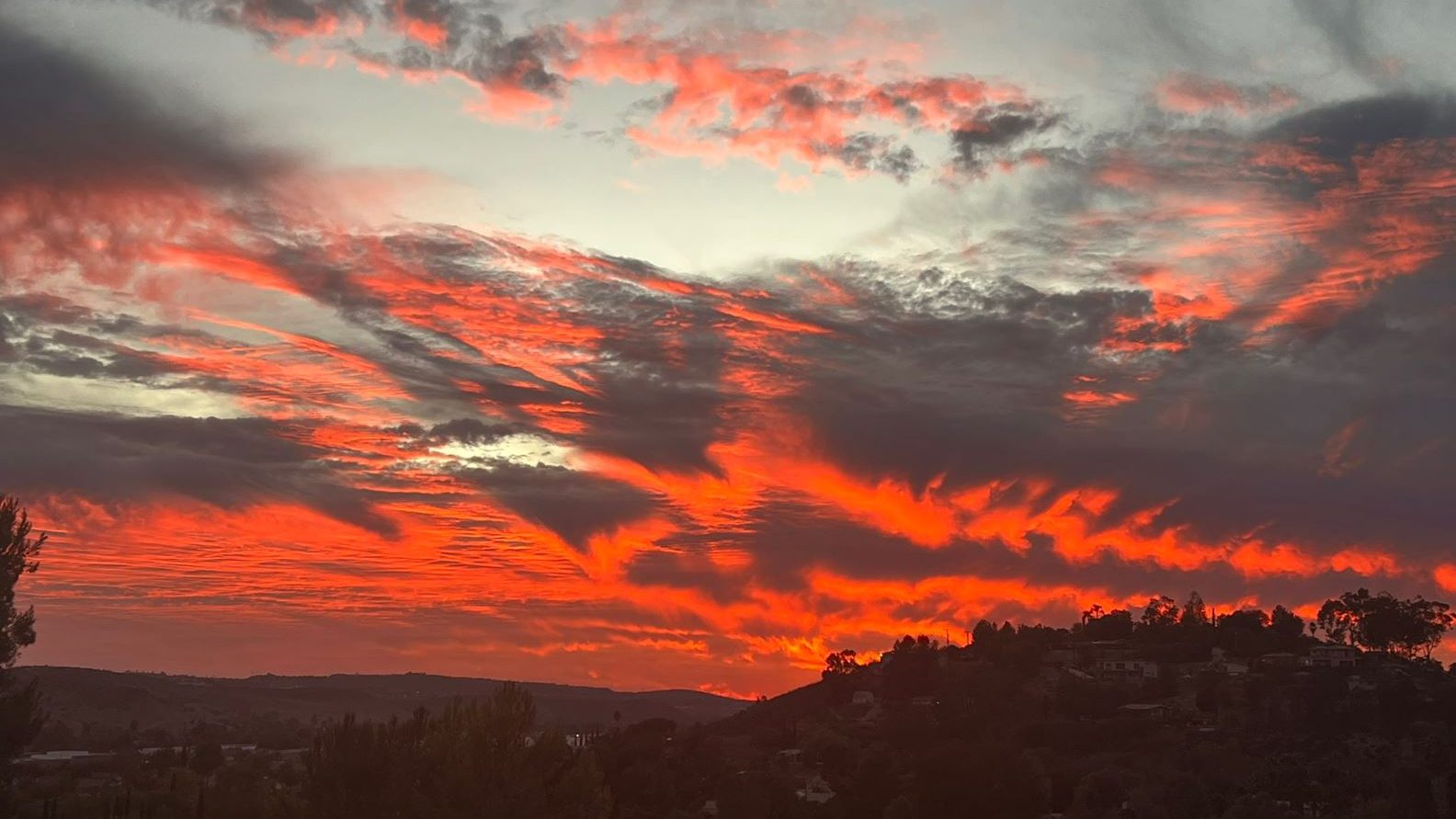
What to Know
- The Sunshine Protection Act would make Daylight Saving Time the new permanent time
- The U.S. Senate passed the legislation in March 2022
- The House of Representatives have yet to take it up
The sleepless, dark mornings and early nights are upon us again. Daylight Saving Time has Americans in every state except for Hawaii and Arizona moving their clocks an hour back on Nov. 6 at 2 a.m.
If you're vaguely remembering something about a bill to stop the time change and make it permanent, it's not just your sleep-deprived brain talking.
The twice-yearly changing of the clocks is a ritual that's quite unpopular. Plenty of states have introduced legislation to provide year-round Daylight Saving Time, according to the National Conference of State Legislatures. Here's an update on the battle to end it.
Get San Diego local news, weather forecasts, sports and lifestyle stories to your inbox. Sign up for NBC San Diego newsletters.
Fall in San Diego
Back in March 2022, the U.S. Senate unanimously passed legislation that would make daylight saving time permanent starting in November 2023, which means Americans would stop switching their clocks back or forward twice a year, according to NBC News.
The House of Representatives must first pass the bill, then President Joe Biden must sign it, before Americans can kiss the time change goodbye.
While the House has yet to take up the "Sunshine Protection Act," the House Energy and Commerce committee chairman Frank Pallone supports ending daylight saving, but is undecided on whether to support daylight or standard time as the permanent choice of time.
A study published in Cell Press in 2020 found that springing forward each year increases the risk of fatal traffic accidents by 6%. The University of Michigan found a 24% increase in the number of heart attacks that occurred on the Monday just after the time switch, compared to other Mondays.
Didn't Californians Vote to Remove Daylight Saving Time in 2020?
Yes, Californians did. So why are we still changing our clocks then?
San Diego denizens might remember voting on California's Proposition 7 in 2018.
That proposition passed by nearly 60% of the vote, giving the California Legislature the ability to change Daylight Saving Time, according to Ballotpedia.
Proposition 7 didn't actually change Daylight Saving Time, it just gave the state Legislature the ability to actually change it, IF they earn a two-thirds vote on it and IF the federal government already allows it.
What Would San Diego Be Like if Daylight Saving Time Was Made Permanent?
Hypothetically speaking, if Daylight Saving Time (the time from March to November) was made permanent, what time would sunrise and sunset take place in San Diego? Here's what it would be like.
Winter Sunrises
On Nov. 7 (the day after Daylight Saving Time), the sun would rise at 7:12 a.m., according to the National Oceanic and Atmospheric Administration's Global Systems Laboratory's information for 2022.
On Christmas morning, you may be opening gifts while watching the sun rise at 7:49 a.m.
By the time the first day of spring rolled around on March 20, the sun rose at 6:52 a.m. in San Diego in 2022.
Due to clock change ritual, the sunrise doesn't happen any later than 6:52 a.m. during Standard Time (the months in between the clock change ritual). During Daylight Saving Time, the sun rises several times after 7 a.m., mostly in October and November.
Without Daylight Saving Time, San Diegans would likely watch the sun rise between 7 and 8 a.m. during the winter months, meaning those winter mornings would be darker.
Winter Sunsets
Plenty of sun-loving folks don't like the early nights. Here's what a winter evening without Daylight Saving Time would look like in San Diego:
On Thanksgiving this year, the sun would set at 5:43 p.m. But because of the time change, the sun sets earlier at 4:43 p.m.
Three months into the typical time change, San Diegans would be watching the sun set at 6:26 p.m. Instead, we are watching the sun set at 5:26 p.m. on Feb. 6.
Overall, it looks like the sun sets earlier with the time change.
If you like bright mornings in the winter, you might advocate for keeping DST. If you like longer afternoons in spring and summer, you might also advocate for DST.
Why Do We Have Daylight Saving Time in the First Place?
In 1918, the U.S. started having Americans change their clocks to allow for more daylight hours during warmer months, according to NBC News. In 2007, the period was extended by four weeks. States are not actually required by law to follow Daylight Saving Time. Arizona and Hawaii have elected not to observe it.
Why Do We Still Have Daylight Saving Time?
In 1974, an energy crisis gripped the nation, instating the Emergency Day Light Saving Conservation Act, which made daylight saving time permanent for two years. Congress ended the act early because people complained about dark winter mornings, especially in regards to schoolchildren, according to NBC News. They put time back on its original track after that.



